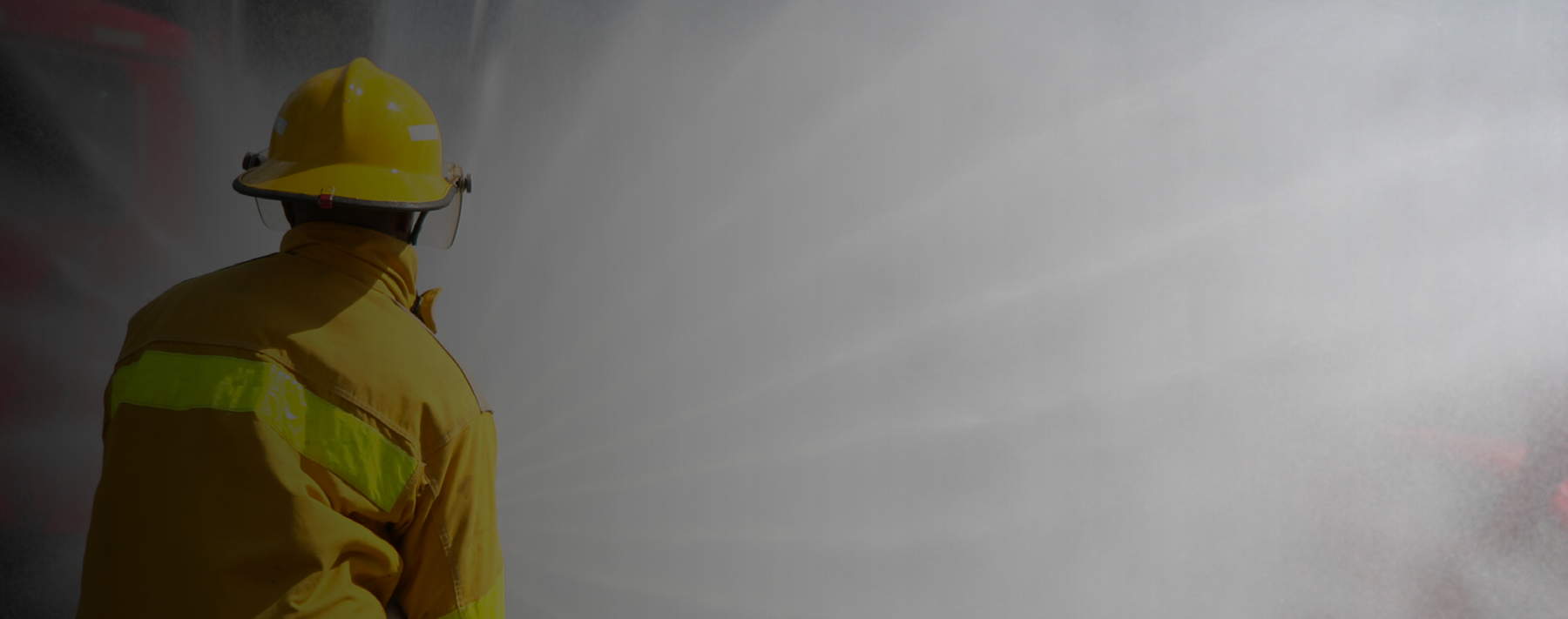The Incident Safety Officer’s (ISO) response, arrival and initial activity on the fireground may seem like a narrow topic—but as an advocate for firefighter safety, the ISO plays a critical role in those first five minutes.
Whether or not your department subscribes to Lexipol’s Fire Policies and Training solution, you hopefully have a policy or procedure that addresses the ISO’s initial actions. If you’re not yet convinced about the importance of the ISO and/or the Health and Safety Officer (HSO), maybe this short video from Gordon Graham will convince you:
Basic Assumptions
When discussing the importance of an ISO, we make a few assumptions. First, your department should have a pre-designated ISO system and the ISO is dispatched and responds to pre-determined incidents. That is, the decision to call the ISO is not exclusively up to the chief or officer in command. Further, the ISO should be certified and experienced in fireground tactics and operations.
We also need to outline a few assumptions about how the ISO and the Incident Commander (IC) work together. It goes without saying they should be able to effectively communicate and work with each other to manage safety operations while achieving operational goals. To that end, the IC and the ISO should have a complete understanding that:
• The IC is responsible for overall incident management and the safety of all members involved at the scene.
• When the ISO identifies activities that pose an imminent threat to firefighter safety, the ISO has the authority to stop, alter or suspend those activities.
• The ISO will immediately inform the IC of any actions taken to correct imminent hazards at the emergency scene.
• When the ISO identifies unsafe conditions, operations or hazards that do not present an imminent threat to firefighters, the ISO shall take appropriate action through the IC to mitigate or eliminate the unsafe condition.
Like any position on the fireground, the ISO should have appropriate personal protective equipment (PPE) for the role, including:
• Dedicated PPE with ISO markings or vest
• Dedicated SCBA
• Dedicated portable radio
• Hand light
• Checklists, including an ISO incident checklist and safety report checklists based on the incident (e.g., structure, wildland, active shooter/violent incident, landing zone, marine, EMS)
First 5 Minutes
The title of this article references the first 5 minutes—what should the fireground incident safety officer do in that timeframe? Obviously, they need to contact dispatch and report on scene, locate the incident command post and report to the IC.
The ISO’s initial discussion with the IC is critical. Quickly, efficiently, the ISO should learn:
• Scene layout, including any established perimeter and control zones
• Initial environmental, structural and hazmat hazards present
• Initial strategies and tactics of attack, ventilation and layout
Remember, this initial discussion and all later interaction between the IC and the ISO should be brief and direct. Conversations should not distract the IC from the command function.
Also, the ISO should confirm that:
• The department’s incident command and accountability systems are in place (the IC is directly responsible for the accountability of the ISO)
• The necessary level of PPE, including respiratory protection, has been ordered and is being used
• Two-in/two-out is in place and the status of rapid intervention team(s)
• A rehab unit has been assigned or requested
• Any additional resources needed have been requested, including at least one EMS unit to the highest level available
The ISO should also conduct his/her own 360-degree assessment, based upon the information learned from the IC but fundamentally different from the IC’s assessment. The ISO should disassociate from determining and implementing fireground tactics and operations. Rather, the ISO should base his/her 360 on the impact those tactics and operations are having and will have on fireground safety.
During the 360-degree assessment, the ISO should confirm any established perimeter and control zones and adjust them if needed. If perimeter and control zones are not yet in place, the ISO should communicate recommended locations to the IC.
Finally, the ISO should communicate to the IC any immediate safety concerns gleaned from his/her 360-degree assessment.
Beyond 5 Minutes: Risk/Benefit Analysis
Once the initial actions are complete, the fireground incident safety officer begins the continual process of assessing the risk involved with the incident as a whole and with each operation. The ISO will continually review and alter the risk/benefit based on a variety of factors including:
• Environmental and climatic conditions and how those conditions may impact fireground operations
• Presence of victims
• Changes in structural or wildland conditions
• Personnel resources
An excellent starting point for the ISO risk/benefit operational analysis is with one question: Is this action necessary? The IC and operations officers can quickly get tunnel vision, lose situational awareness and increase risk to an unnecessary level. The ISO, detached from the mission, is sometimes the only set of brakes to risk escalation.
Examples of unnecessary risk run from the operational level down to specific tasks and may include:
• Staging area entrance has a low overpass, creating danger to responding high-profile apparatus (yes, it’s happened)
• Entry to a structure without proper size-up considering estimated elapsed burn time of flooring, joists and beams
• Engaging in offensive interior attack on a confirmed unoccupied building
• Entry without a rapid intervention team in place.
• Entry of interior crews without coordinating with ventilation crews
• Failure of incident command to direct crews to assess fire flow before entry and search and rescue
• Entry without egress in place
• Engaging in tasks without assessing the risk (e.g., is a roof operation needed considering the level of fire and lightening is in the area?)
Keeping these priority concerns in mind should help the ISO immediately engage in fulfilling his/her responsibility for fireground safety. In doing so, the ISO acts as an advocate for all fireground personnel and supports the incident commander through enhanced safety on the fireground.
Sources
• NFPA 1500: Standard on Fire Department Occupational Safety, Health, and Wellness Program, 2018 edition
• NFPA 1521: Standard for Fire Department Safety Officer Professional Qualifications, 2015 edition
• Risk Management Practices in the Fire Service, U.S. Fire Administration, January 2018
• Lexipol Health and Safety Officer Policy
• Lexipol Fire Procedures



